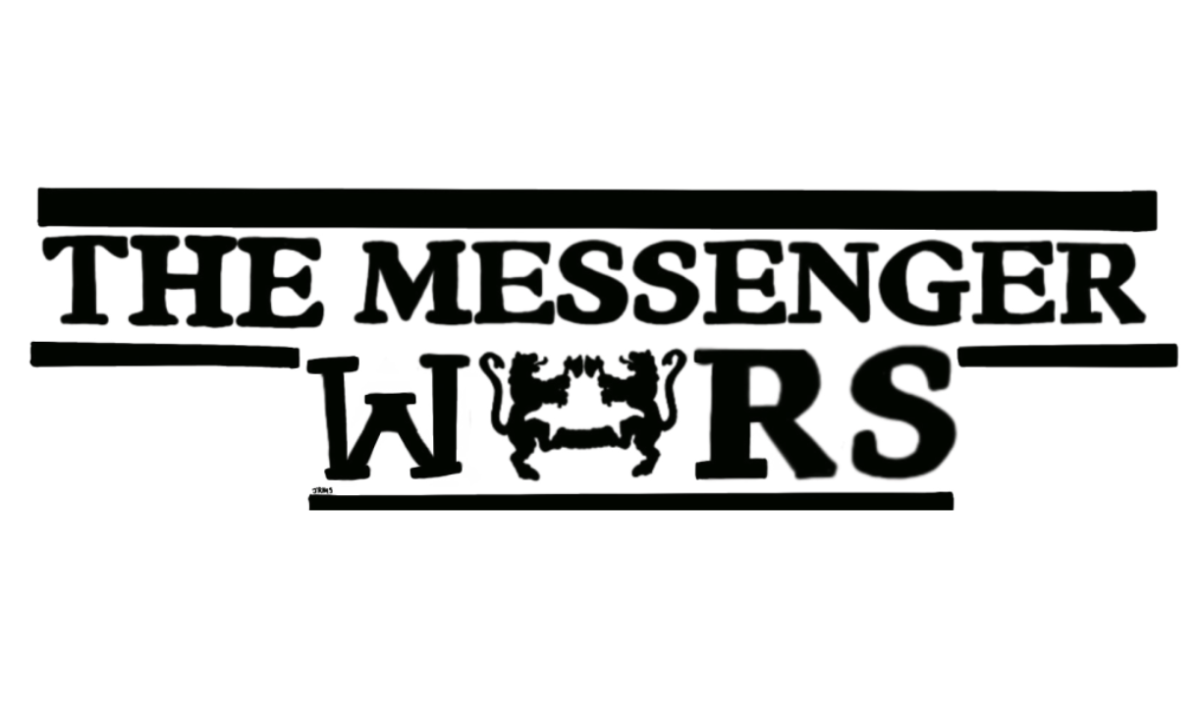I’ve taken various art courses, spanning from the years of drawing classes in the back of a Hobby Lobby to free, two-week sessions during elementary school summers, where I “perfected” my graffiti and stained glass skills as a nine-year-old. Needless to say, I grew up loving art.
In high school, I needed to choose different classes to fit my International Baccalaureate requirements, and I chose Visual Arts for one of my higher-level courses. During those few years, I developed a love-hate relationship with art. The thing I loved to do became a burden as everything I created wasn’t up to standard. Comparison and deadlines among a busy schedule were thieves of the joy I had originally found. I took a break from anything art-related for months following my final curation for the course, which I had rushed through.
However, what counts as the art that I “took a break” from? Is art considered “art” when it is on display? When it is performed for others? Purchased? Well-known?
I think about pieces such as Leonardo da Vinci’s “Mona Lisa,” Vincent van Gogh’s “The Starry Night,” or Gustav Klimt’s “The Kiss.” There is no doubt about considering these pieces “art.” What about Richard Long’s “A Line Made by Walking?” Walter de Maria’s “The Lightning Field?” Cai Guo-Qiang’s pyrotechnic art, “Sky Ladder?” I am very clearly in Introduction to Art History, as I’m naming off a few land art and ephemeral artists that we’ve covered in class. These artists have, however, challenged what can be considered art. Is there anything that can truly place art into a definite box?
Recently, I was tutoring with another St. Olaf peer. By tutoring, I mean we drew and colored on computer sheet paper for half an hour. I showed my previous comic strip in The Olaf Messenger and suggested we make a story about what we wanted to create. As we tossed around ideas and each new development was excitedly shown to me, I felt so much joy watching her create a story of her own. At that moment, I knew that feeling is what defines art. Art does not need to be anything else besides the feeling of freedom.
Art doesn’t have to be good. It doesn’t have to make sense, nor does it need to be neat or “in the lines.” It also doesn’t have to be a physical creation. Art can be broader than that. It can be the way that your eyes light up when you talk about something you’re passionate about. It can be the way the sun streams through the clouds on a Thursday afternoon. It can be the song that someone down the hall is singing when they think no one is around to listen. Art is simply the freedom you allow yourself to live in.
Ashlyn Wuench is from Springfield, Mo. Her major is environmental studies.




